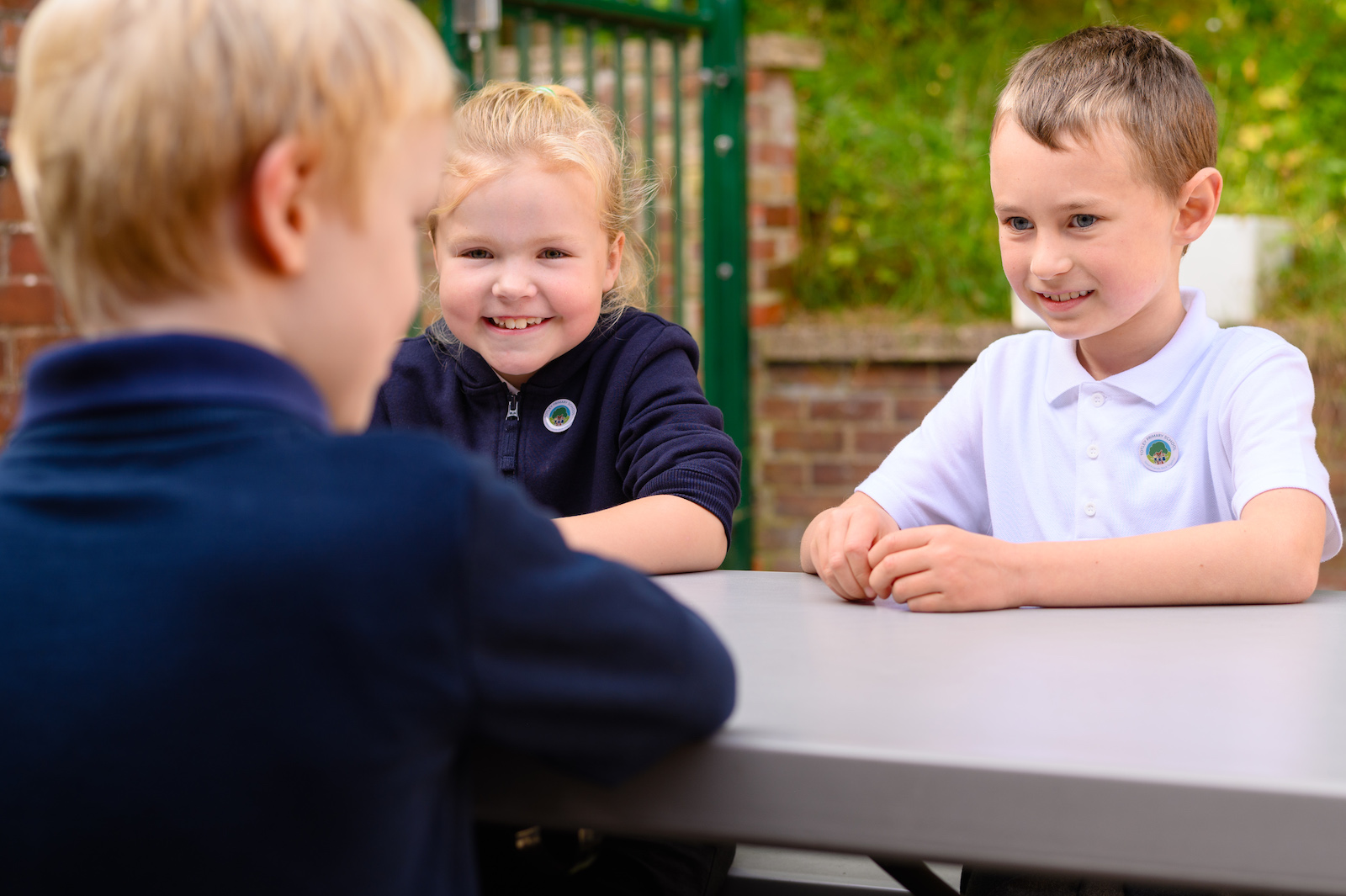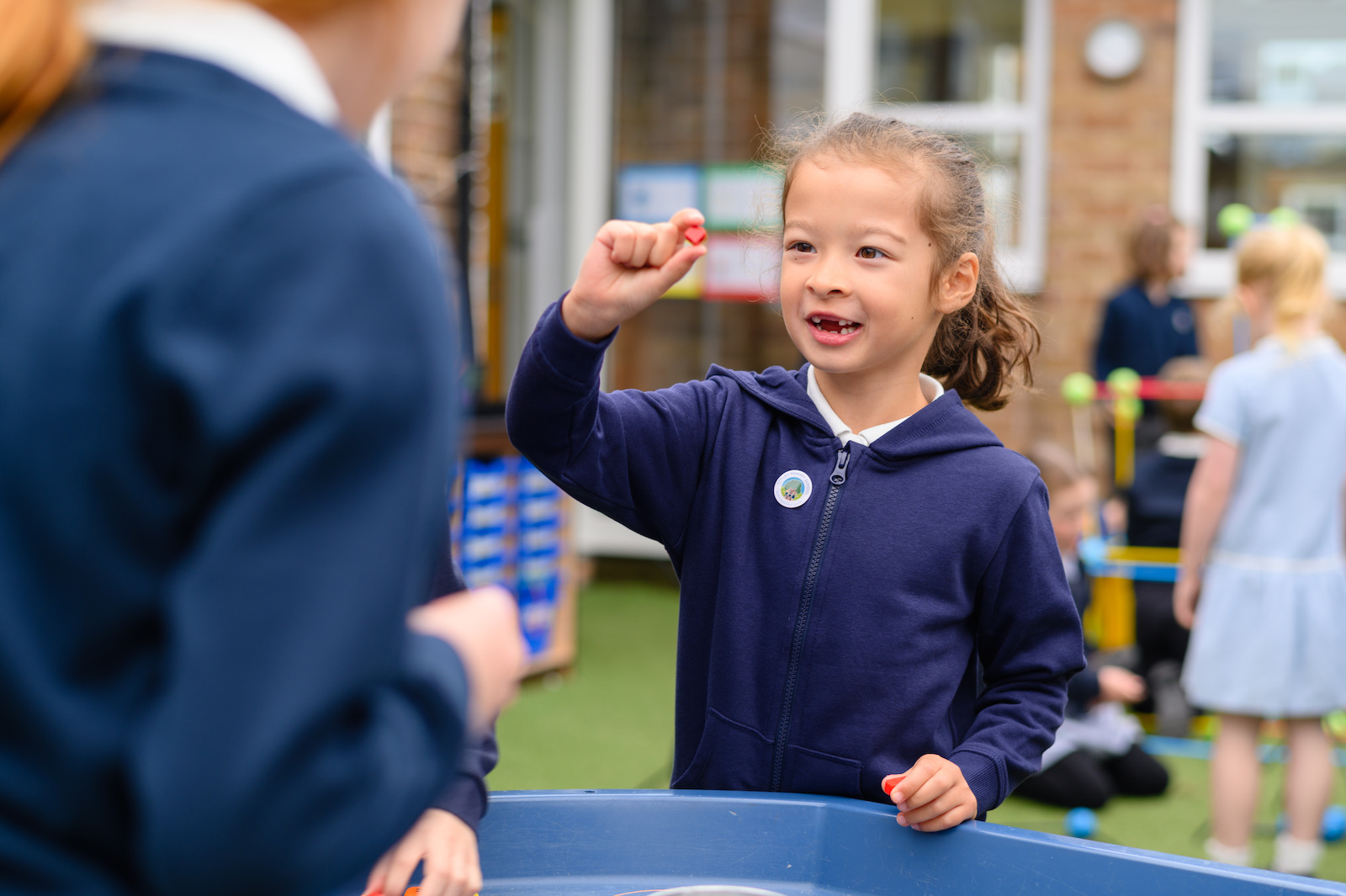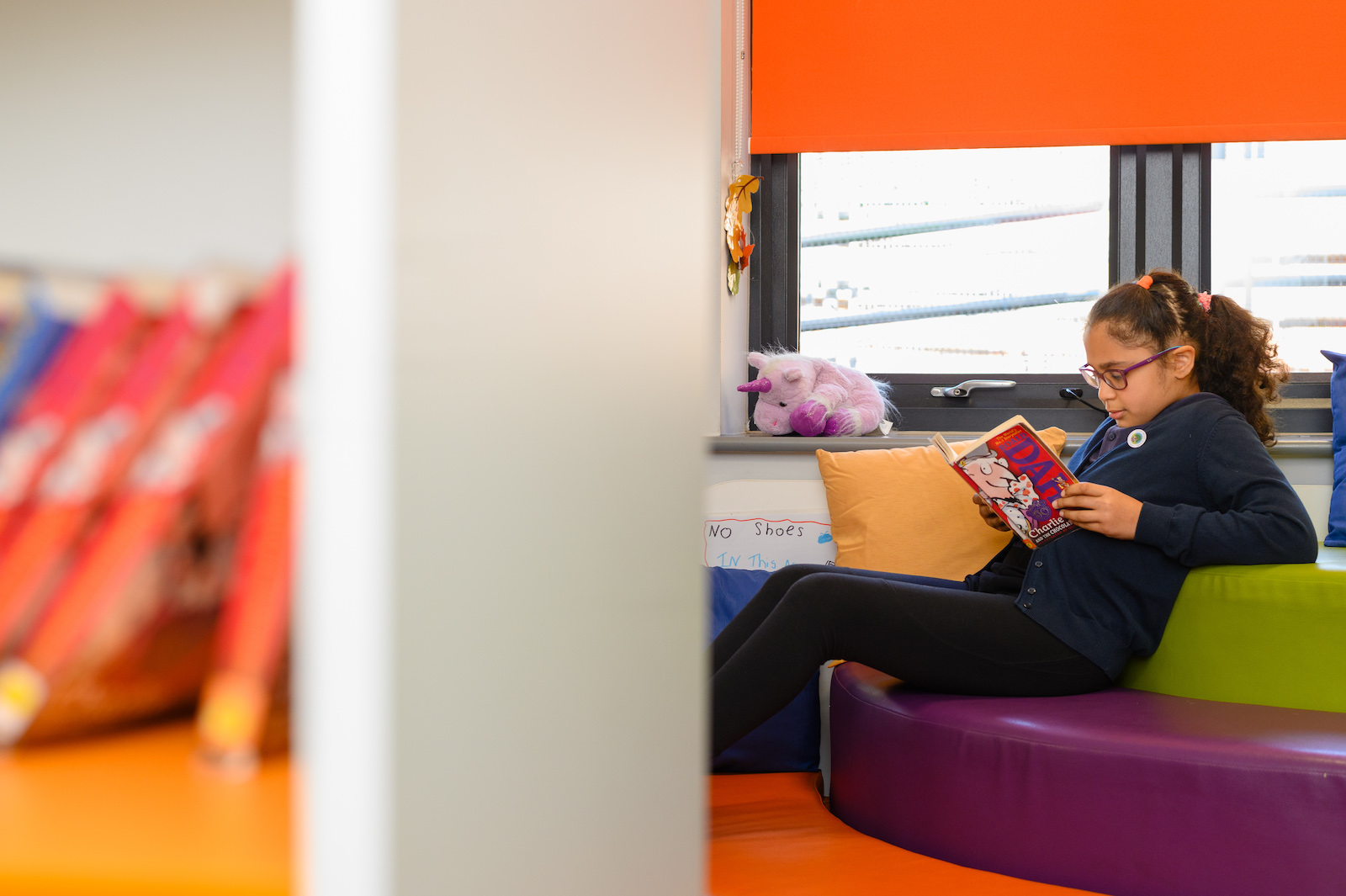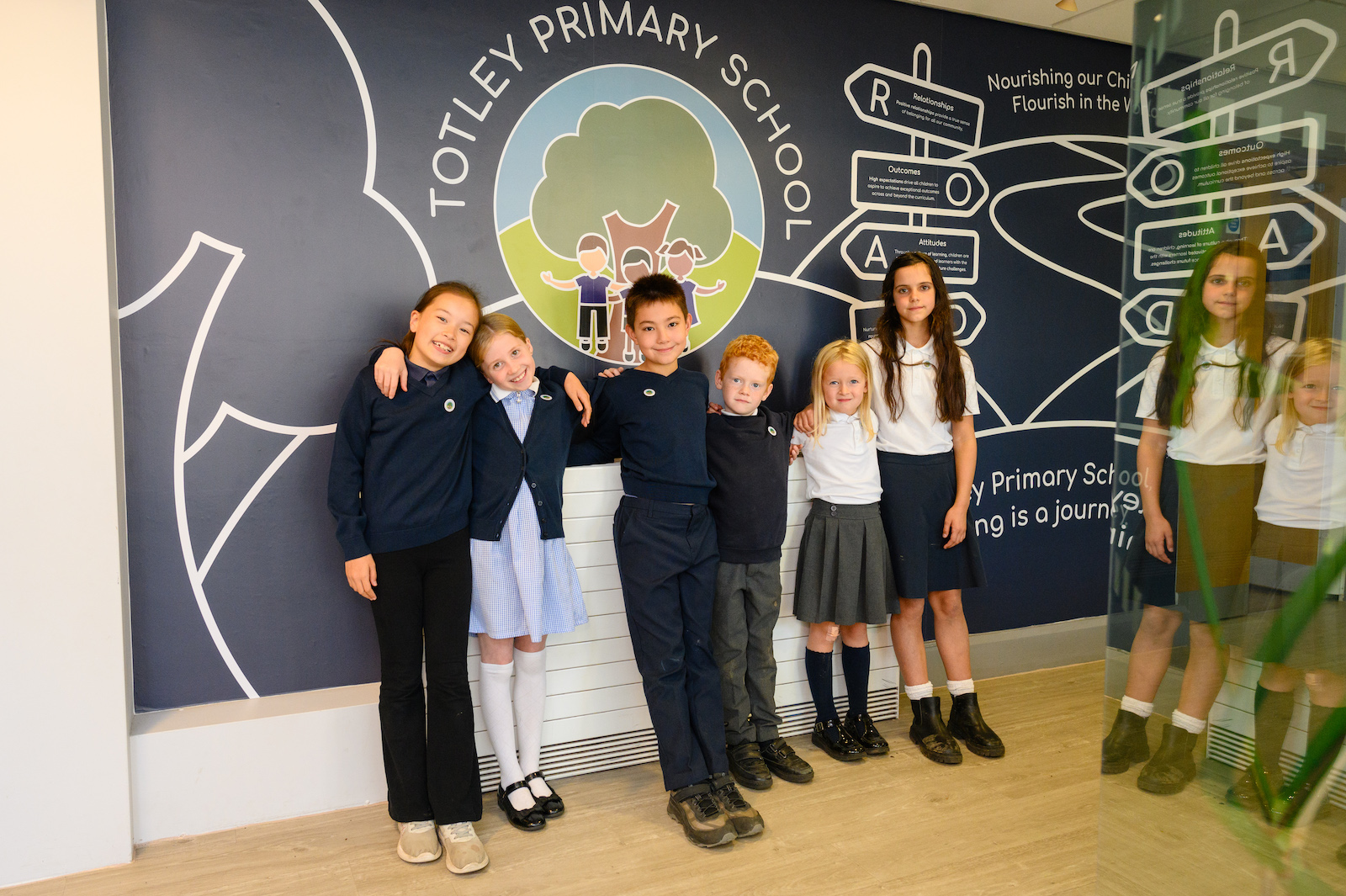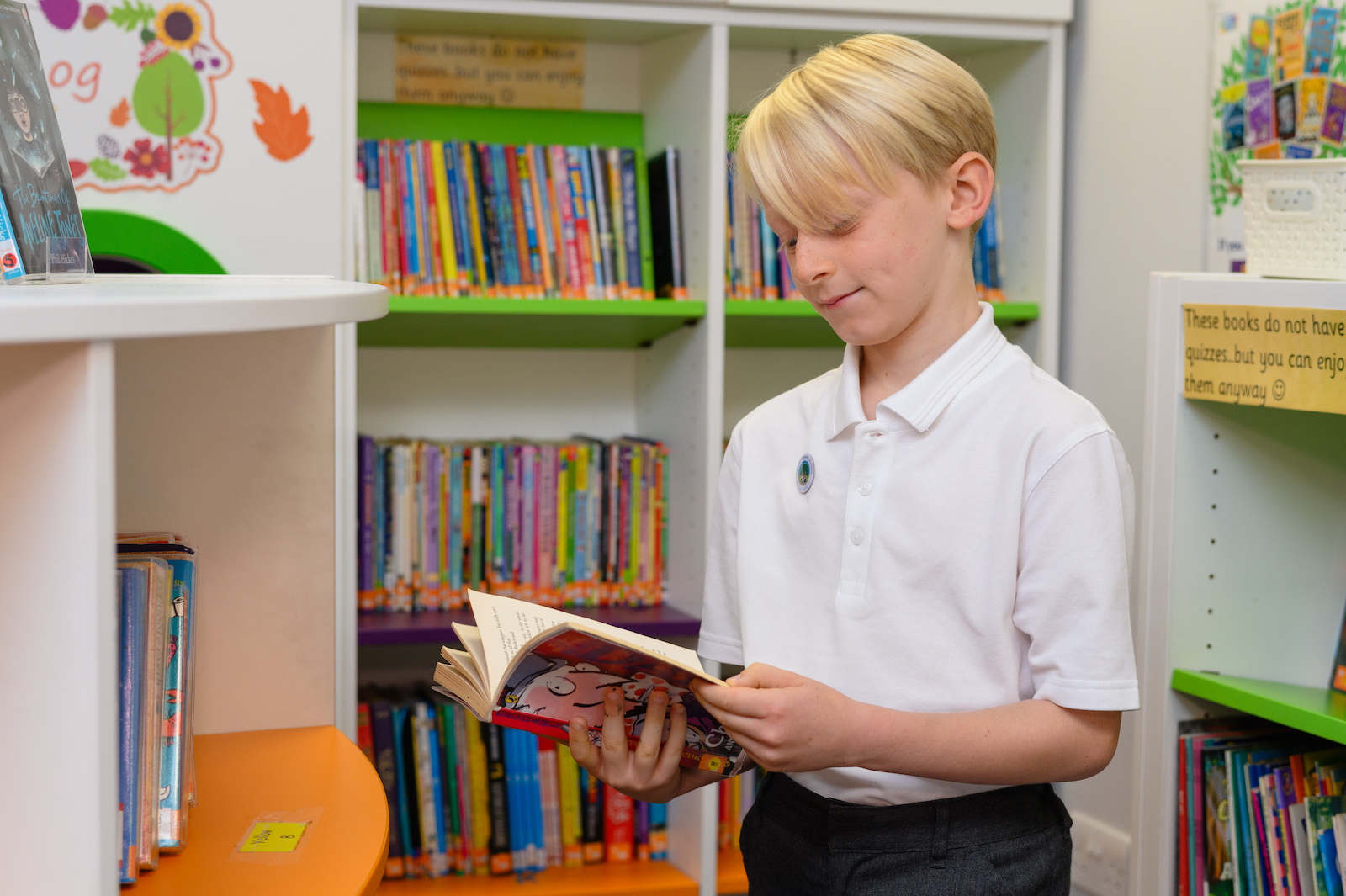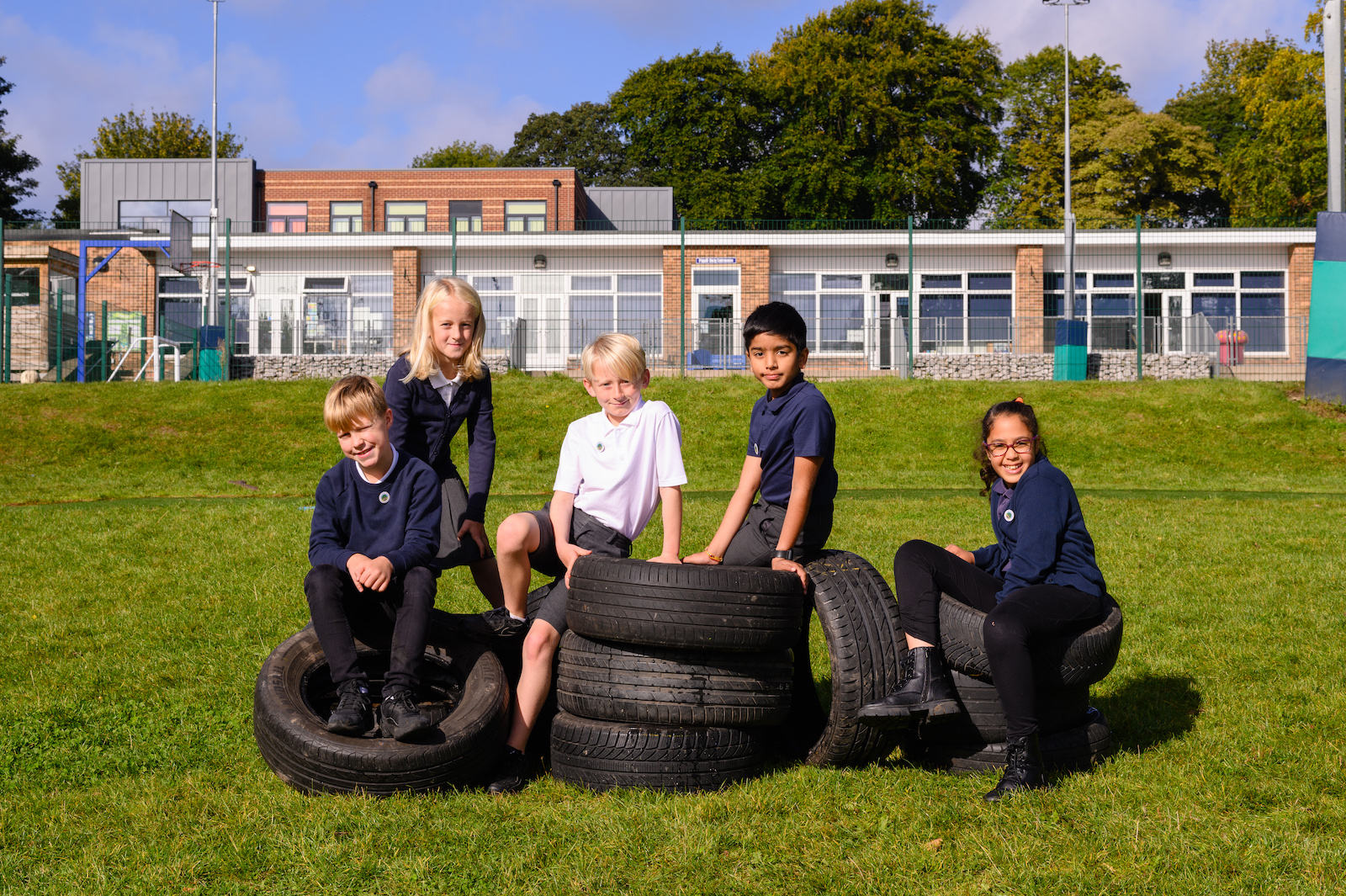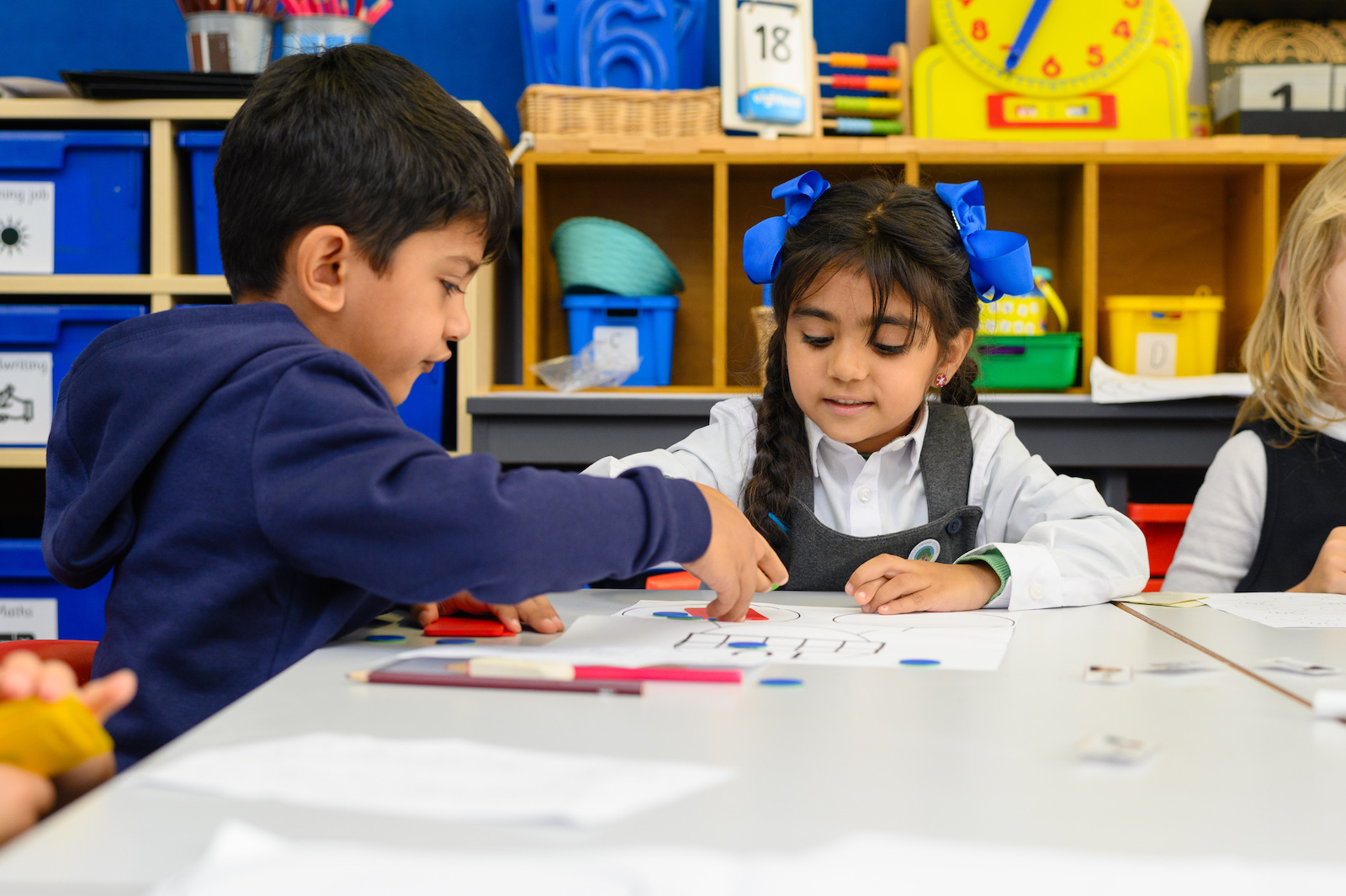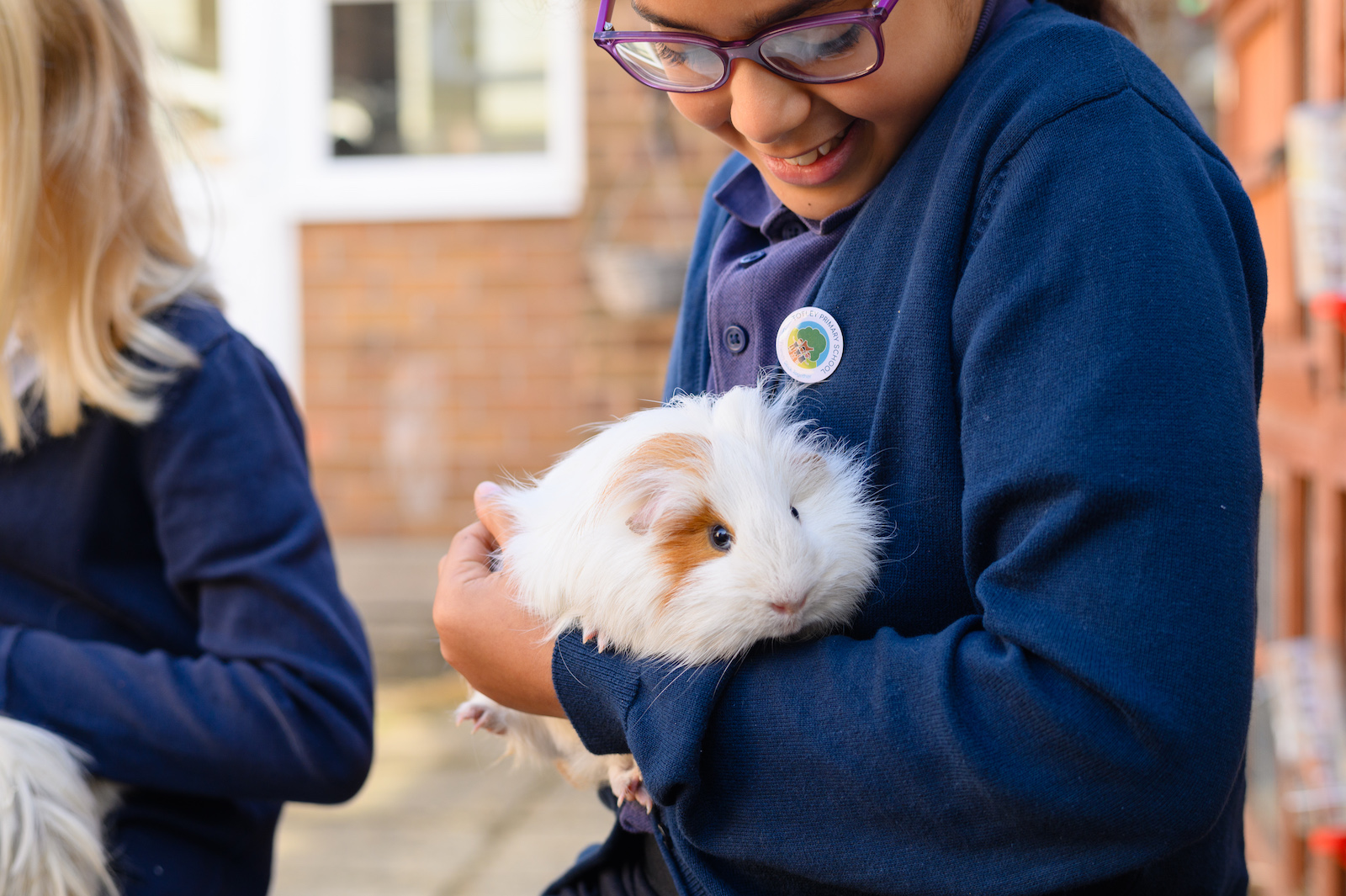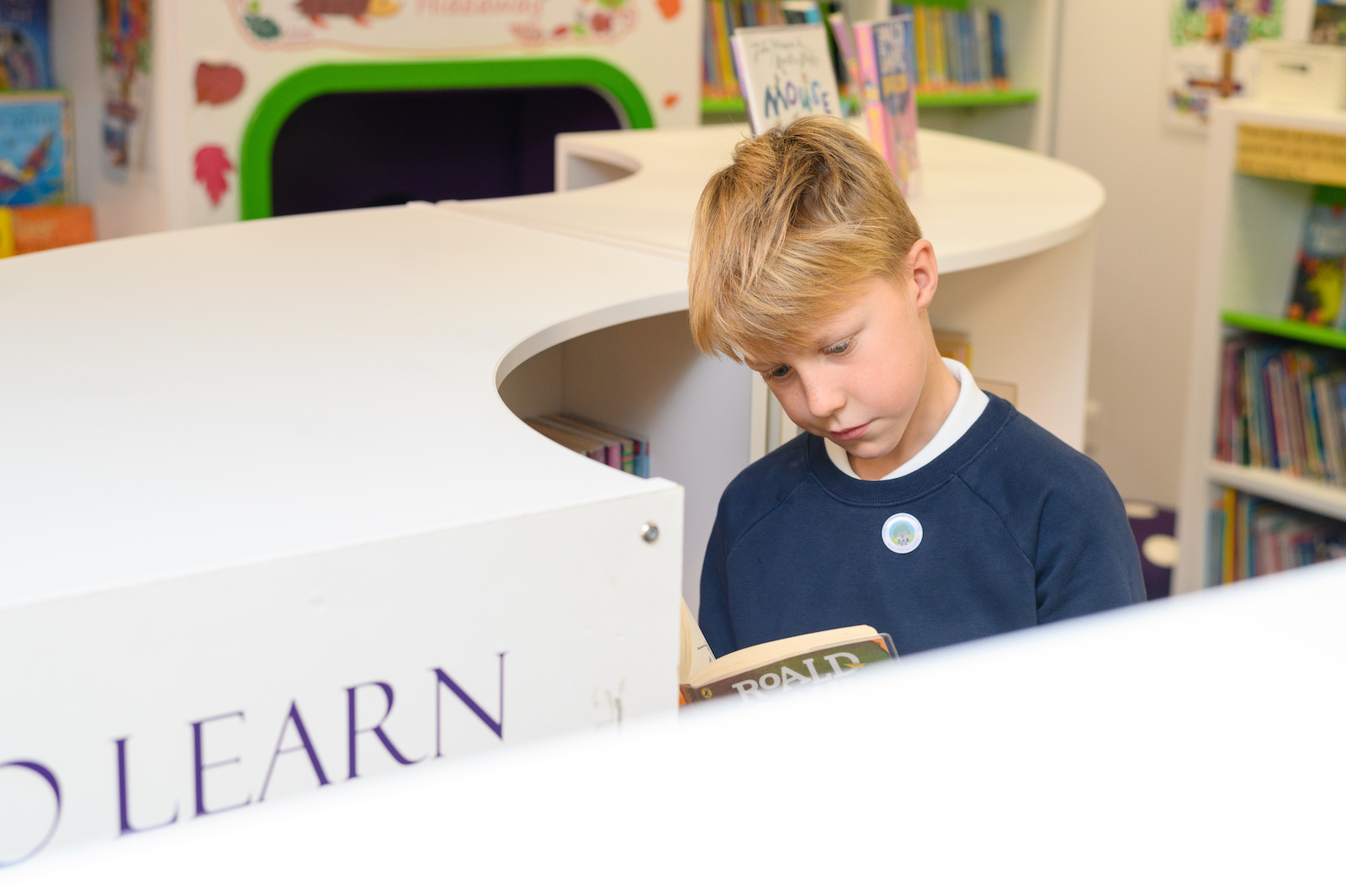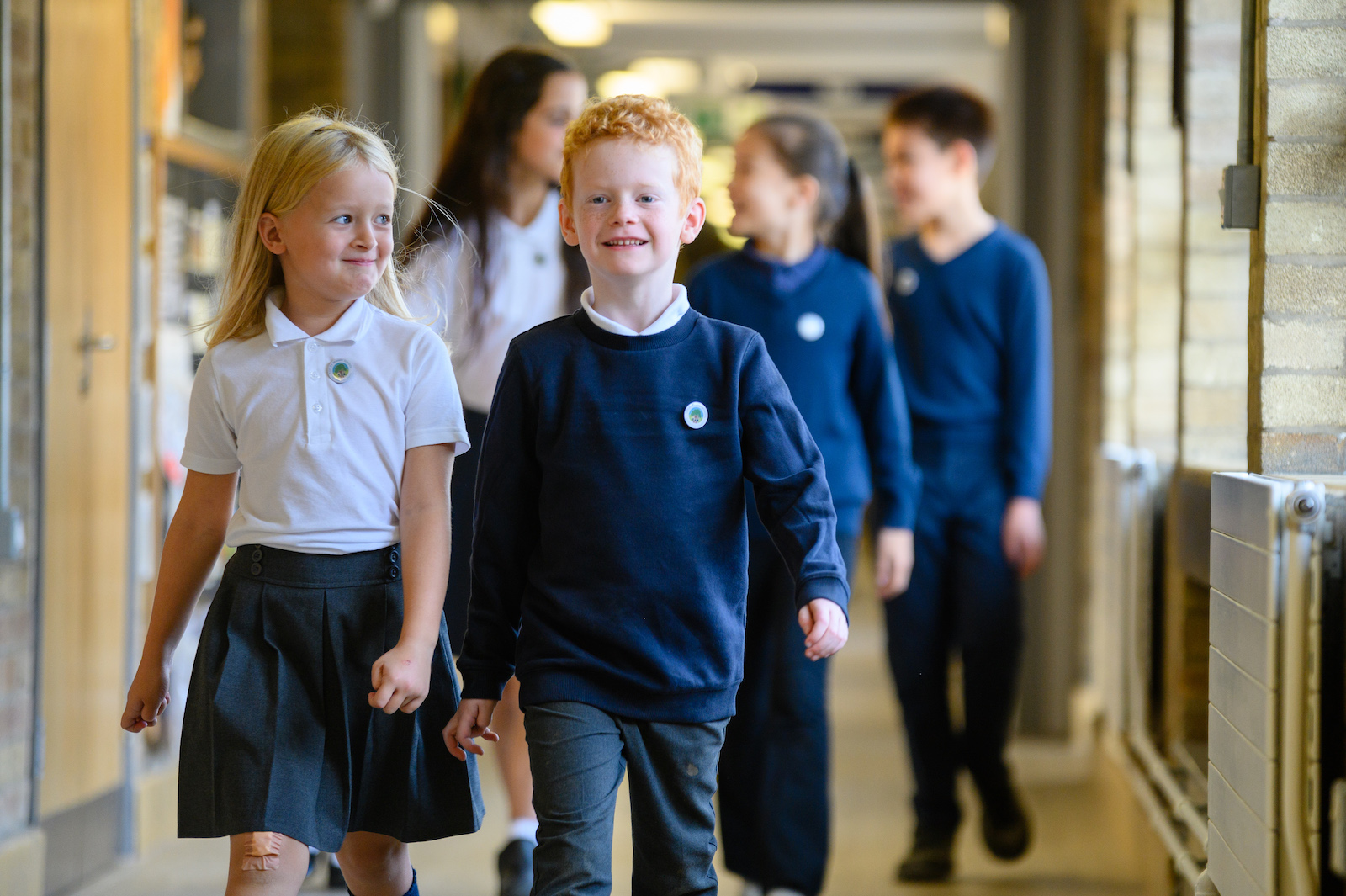Maths
Strategic Intent
To implement a curriculum which:
- Instils a love of maths and gives children the necessary knowledge and skills they need to be successful, confident and accurate mathematicians, so they are ready for their next stage in education and be confident mathematicians in life.
- Is at least as demanding as the National Curriculum
- Teaches children to be independent, resilient and creative thinkers, while transferring knowledge across curriculum areas.
- Enables teachers to teach using the most effective strategies.
- Tailors learning to meet children’s individual needs and strengths.
- To teach children know themselves as reflective learners, able to identify their own next steps in learning.
Implementation
|
Mathematics |
|||
|
Retrieval Practice |
Number Knowledge |
Arithmetic |
Reasoning |
Reasoning mathematically is the most important factor in a pupil's success in mathematics. Nunes (2009).
That is why, at every level of challenge, and whatever stage and age, every child is given the opportunity to reason and solve problems.
Oracy
We use the language of problem solving in a clear progression,. The Mead Trust (2019)
Noting < Describing < Explaining > Convincing < Justifying < Proving
The Oracy Framework, which is used across all curriculum areas, is applied in maths to teach children how to reason, explain, prove and justify. The Meta Mates are used to teach the strands of mathematical reasoning of proving, explain, pattern sniffing, predicting and concluding. Again, orcay is the vehicle through which we teach these important skills.
Content and Sequence
- Long-term planning is deliberately spaced and interleaved for revision and over-learning of the content. School sequencing materials are used as the starting point for curriculum planning, which is structured into four cycles. In each cycle, all strands of maths are taught.
- We believe mastery is achieved over time and through practice; this is reflected in the design and implementation of our maths curriculum and maths lessons.
- Retrieval Practice allows children to become secure within their knowledge and skills. Activities are used to revise previous content. These are useful assessment opportunities: feedback is given to groups or the whole class as identified. Retrieval Practice starters are used to revise previous content and address misconceptions as identified through observing children’s work and responses. Teachers have the freedom to determine the most useful learning to retrieve, and this is balanced alongside the Ebbinghous forgetting curve of sequenced retrieval.
- Every day, children count and practise essential number knowledge. This is sequenced in such a way as to equip children with the most useful knowledge for subsequent reasoning lessons. The Number Knowledge session is systematic and deliberate: teachers model, children practise through call and response
- Arithmetic is taught discretely from year 3. This is sequenced to equip children with the calculation methods they need to apply in subsequent reasoning lessons.
- In Foundation Stage Two, children build a secure foundation of mathematics. Learning is contextualised and given purpose within the continuous provision. Adults lead learning through direct teaching, group work and observations of independent learning. Subitisation, number sense and counting are a significant focus of the curriculum.
- From year 1, the Learning Journey model is used to sequence the reasoning learning of a given objective. Component steps on the learning journey are progressive. Within each step, children have the opportunity to acquire/refine, practise/apply, and extend/deepen their learning. Each level of challenge builds on prior learning and extends thinking. Problem solving and reasoning are inherent at every level of learning, and concrete manipulatives are used by all children to scaffold and deepen thinking.
- Component steps are intentionally planned so learning is cumulative and revisited across four week cycles, to give all children the opportunity for deliberate practice and the tools to reach a greater depth standard when appropriate.
Teaching and Learning, Assessment and Feedback
- Starting points are identified through accurate teacher assessment and prior learning.
- Summative assessment is made towards the end of each cycle using assessment materials curated by us, including Maths No problem assessment resources, to match the content of our curriculum. Assessment checks what has been learnt (remembered) and analysis informs subsequent retrieval practice (teachers identify the things children need more opportunities to remember) and informs periods of consolidation. The curriculum model allows flexibility in order to respond to the strengths and needs of children.
- The intended learning is always the focus of actions in the classroom. Activities and resources are carefully chosen and deliberately designed to focus effort towards practising the learning intentions. Activities are rich in problem solving, reasoning and purposeful thinking. Children record their work with precision, care and pride.
- The working wall displays the steps of learning, and useful scaffolds and models for children to refer to in order to build independence.
- Reasoning is a right of all children at all stages of learning, not a privilege of the highest attaining.
- Concrete resources are the right of all children, not the crutch of the lowest attaining.
- Feedback is given is response to timely and continuous formative assessment in every lesson. Teachers use a range of formative assessment tools, including questions and observations to gauge children’s level of understanding and knowledge. This is used to either offer support and scaffolds, or to give opportunities to deepen learning. Feedback is given in line with our feedback policy, including Yippee Yellow and Green Pen Work to check, consolidate or challenge.
Impact
- No ceiling is placed on any learner: teaching groups are flexible and adapted according to emerging learning needs and the level of support that is needed to enable all children to access the right curriculum content for their learning. Children speak positively about the ability to drive their learning through self-assessment and the opportunities they have for extra practice time or additional challenge that the learning journey affords them.
- Nearly all children leave Totley primary School having achieved at least the expected standard and are confident mathematicians, ready to take on the next stage in their education. Many reach a greater depth within the standard.
- Most SEND children make at least expected progress and reach their attainment targets.
- Disadvantaged children make progress that is at least in line with their peers.
- Children leave Totley Primary School as confident, knowledgeable mathematicians and with a positive attitude towards mathematics.
|
Early Years Foundation Stage 2 |
2022 |
Key Stage One |
2022 |
Key Stage Two |
2022 |
|||||||
|
Expected standard |
High level |
Expected standard |
High level |
KS1 to KS2 Progress Measure |
||||||||
|
Children reaching a GLD |
80% |
83% |
21% |
88% |
28% |
+2.4 |
||||||
|
Early Years Foundation Stage 2 |
2023 |
2023 |
|
2023 |
||||||||
|
Expected standard |
High level |
Expected standard |
High level |
KS1 to KS2 Progress Measure |
||||||||
|
Children reaching a GLD |
83% |
81% |
11% |
88% |
40% |
+1.7 |
||||||
|
Early Years Foundation Stage 2 |
2024 |
2024 |
2024 |
|||||||||
|
|
Expected standard |
High level |
|
Expected standard |
High level |
KS1 to KS2 Progress Measure |
||||||
|
Children reaching a GLD |
72% |
|
|
17% |
|
92% |
27% |
+1.7 |
||||
|
|
|
|||||||||||
The progress of disadvantaged children was higher than their peers: +2.4.
Progress was higher still for pupils with SEND: +3.2.

